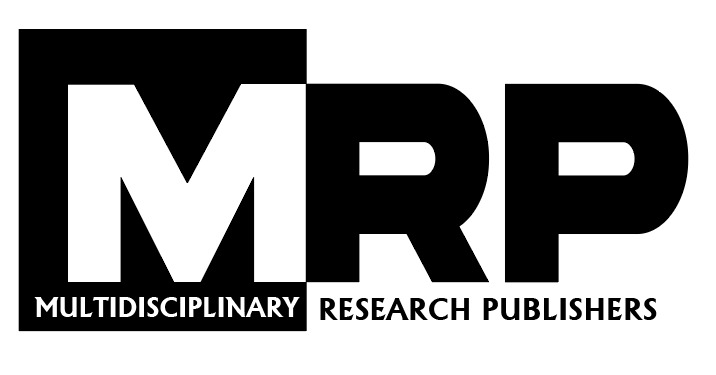Downloads
Capturing CO2 from flue gas is one of the critical options to reduce greenhouse gas emission to the atmosphere for that post- combustion CO2 capturing technology is widely used in most industries. Although various CO2 capture technologies are available, chemical absorption and adsorption are currently believed to be the most applicable ones for post-combustion power plants and industries. As post- combustion CO2 capturing techniques, the operation of chemical absorption, physical absorption, membrane separation, cryogenic separation, and adsorption are studied in this paper. In the past decade, several studies have been involved in developing post-combustion CO2 capture from flue gas with high capturing capacity and desired economics. This post-combustion CO2 capture technology’s significant concerns include CO2 capture efficiency, absorption rate, the energy required in regeneration, and capacity of the absorber. A variety of promising sorbents such as activated carbonaceous materials, zeolites, carbonates, and polymeric resins loaded with or without nitrogen functionality to remove CO2 from the flue gas streams have been reviewed. The primary concerns for selecting adsorbent, including cost, adsorption rate, CO2 adsorption capacity, and thermal stability, are evaluated in this paper.
Written by JRTE
ISSN
2714-1837
| M | T | W | T | F | S | S |
|---|---|---|---|---|---|---|
| 1 | 2 | 3 | 4 | |||
| 5 | 6 | 7 | 8 | 9 | 10 | 11 |
| 12 | 13 | 14 | 15 | 16 | 17 | 18 |
| 19 | 20 | 21 | 22 | 23 | 24 | 25 |
| 26 | 27 | 28 | 29 | 30 | 31 | |
Our Visitors






 Users Today : 1
Users Today : 1 Total Users : 29390
Total Users : 29390 Views Today : 1
Views Today : 1 Total views : 82731
Total views : 82731 Who's Online : 0
Who's Online : 0 Your IP Address : 3.21.34.100
Your IP Address : 3.21.34.100

